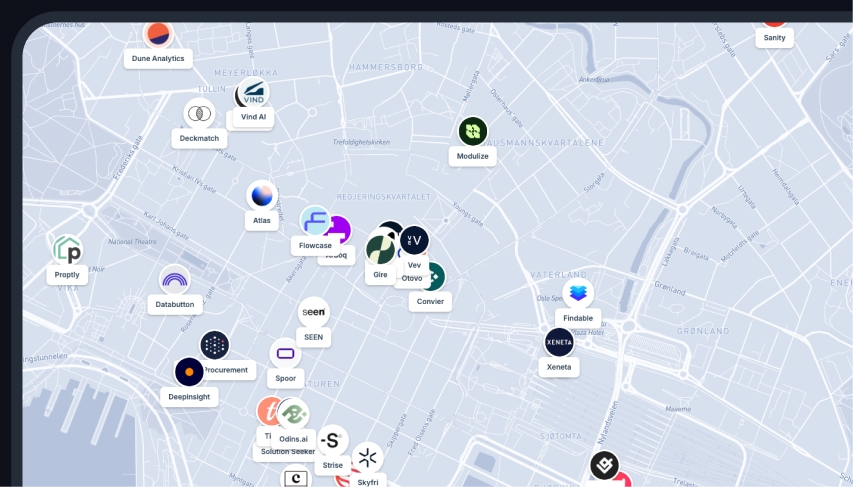Overview of the Thames River
The Thames River is the longest river entirely in England, stretching about 346 kilometers (215 miles). It flows from its source in the Cotswolds to its mouth in the North Sea, passing through London and several historic towns along the way. The river has been central to British life for centuries, serving as a major trade route and cultural landmark.
Where is the Thames River on the map?
The Thames begins at Thames Head in the Cotswolds, a rural region in southern England. It flows southeast through Oxford, Reading, Windsor, and London, before reaching the North Sea via the Thames Estuary. It is the most important river in England, supporting millions of people and businesses along its banks.
A river rich in history
The Thames has been a major part of British history for thousands of years. The Romans used it as a trade route, and the city of London was founded on its banks around 43 AD. It played a key role in the development of the British Empire, facilitating trade and travel between Britain and the rest of the world.
Major cities and landmarks along the Thames
The Thames passes through several significant locations, including:
- Oxford: Home to the world-famous University of Oxford.
- Windsor: Site of Windsor Castle, a royal residence.
- London: The capital of the UK, where the river flows past Big Ben, the Tower of London, and the Houses of Parliament.
- Greenwich: Famous for the Prime Meridian and the Cutty Sark ship.
The Thames and the economy
The Thames has been a key trade and economic route for centuries. Today, it supports:
- Shipping and trade: The Port of London remains one of the UK’s largest ports.
- Tourism: The river attracts millions of visitors each year for sightseeing, river cruises, and cultural events.
- Water supply: The Thames provides drinking water for over 14 million people in the UK.
Challenges facing the Thames River
Despite its importance, the Thames faces several environmental issues:
- Pollution: Industrial waste, sewage, and plastic pollution have affected water quality, though improvements have been made.
- Flooding: Rising sea levels and heavy rainfall pose a risk to London and other cities along the river.
- Overdevelopment: Urban expansion along the Thames threatens natural habitats.
Conservation efforts
Efforts to protect the Thames have been successful in recent decades. The Thames Barrier, one of the world’s largest flood protection systems, helps prevent flooding in London. Conservation groups continue to improve water quality and restore wildlife habitats along the river.
Work faster with spatial data
Easily import data, automate analysis and build spatial apps for the web, all within a single software.
FAQs
How long is the Thames River?
The Thames River is approximately 346 kilometers (215 miles) long.
Where does the Thames River start and end?
It starts in the Cotswolds and flows into the North Sea.
Why is the Thames River important?
It is crucial for trade, transportation, water supply, and tourism, and it has played a central role in British history.
What are the biggest challenges facing the Thames?
Pollution, flooding, and overdevelopment are major threats to the river.
Can you swim in the Thames River?
Swimming is allowed in some areas, but water quality and strong currents make it dangerous in London.
